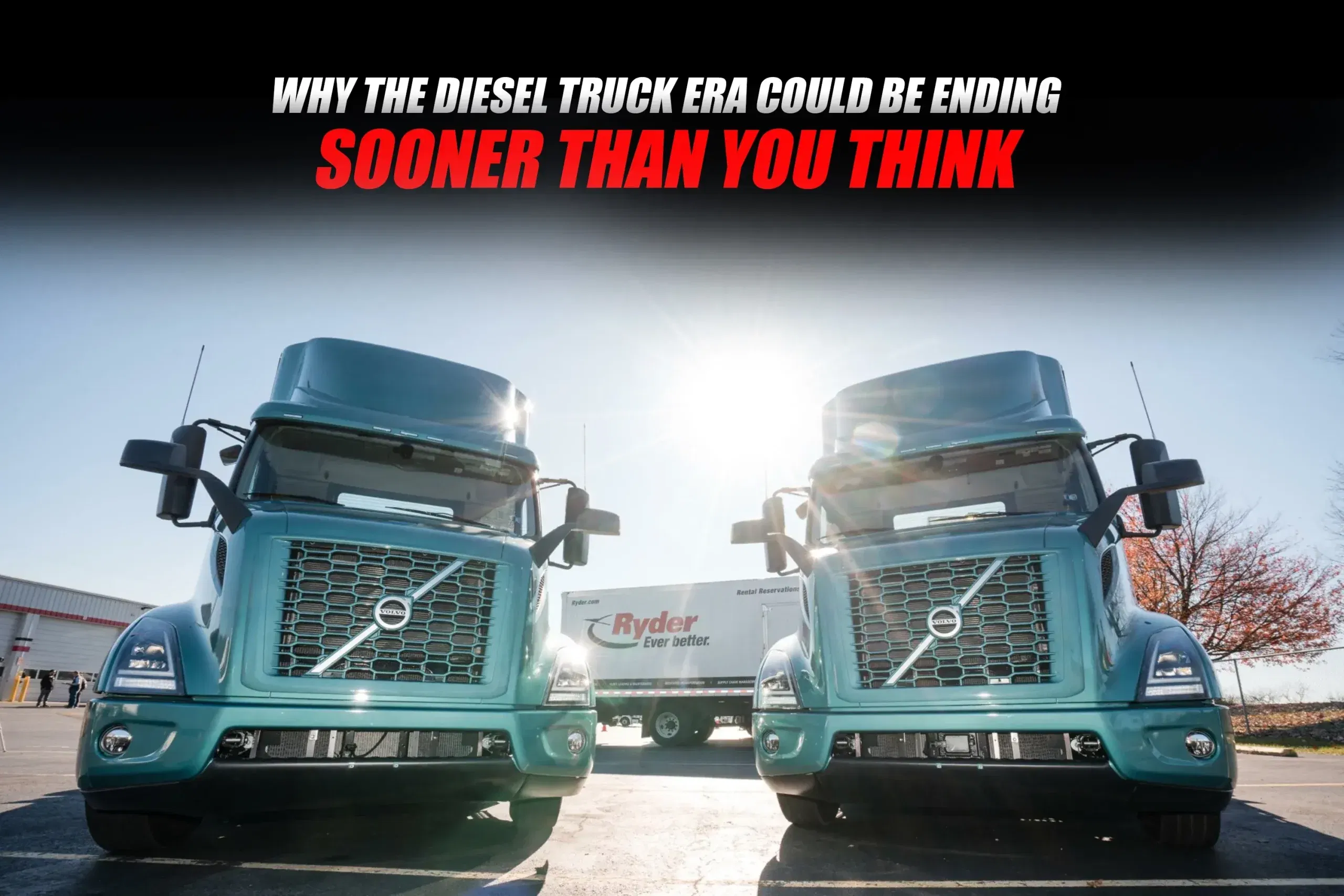Diesel trucks move goods across the country. Almost all the trucks you see in cities, highways or even villages run on diesel. Why diesel? Because it provides both power and efficiency, which are two of the most important factors when you are covering long distances with heavy loads.
However, hydrogen fuel cell trucks have recently gained popularity because they are a clean alternative to diesel trucks and offer high efficiency and superior range
In this article, we will discuss everything you need to know about hydrogen fuel cell trucks and why the diesel era could be ending sooner than you think.
How Hydrogen Powers Trucks
Hydrogen fuel cells generate electricity. The process combines hydrogen with oxygen from the air, this reaction powers the truck's electric motors and the only emission from the tailpipe is water.
Another method uses a hydrogen combustion engine. This engine burns hydrogen directly, similar to how a diesel engine burns diesel fuel. Both technologies are more efficient than traditional diesel engines.
Hydrogen Versus Electric Trucks for Your Fleet
You have two clean technology choices: battery electric and hydrogen. Battery electric trucks have lower running costs. They operate at ₹0.8 to ₹1.2 per kilometre. A typical battery provides a range of 400 to 500 kilometres.
Hydrogen trucks have higher estimated running costs of ₹4 per kilometre, but the main benefit of hydrogen is a longer driving range. For example, the FCEV Toyota Mirai runs for 650 kilometres on one fill. Hydrogen trucks also refuel much faster and support greater payload capacity. These features are important for long haul routes.
Why Truck Manufacturers Choose Hydrogen
Commercial vehicle makers are developing hydrogen trucks. The technology works well for long distances and offers better economies of scale. In India, trucks transport more than 85 percent of all goods. Global brands like Daimler, Volvo, and Hyundai are working on hydrogen fuel cell technologies and Indian companies such as Tata Motors and Ashok Leyland are also not far behind.
Ashok Leyland plans to sell hydrogen trucks to the public by 2027. The industry is moving toward this technology for heavy transport.
Global Hydrogen Infrastructure Status
Your ability to run hydrogen trucks depends on refueling stations. More than 45 countries have national hydrogen strategies. Japan aims for 900 hydrogen refueling stations by 2030, China has the largest network with 540 stations, France is building 91 new stations and Germany has reduced its number of stations to 90. In the United States, most hydrogen stations are in California.
Government Support for Hydrogen
The Indian government supports the adoption of hydrogen vehicles. It lowered the Goods and Services Tax on hydrogen vehicles to 5 percent. This rate matches the tax on electric vehicles. The government also started the National Green Hydrogen Mission with a budget near ₹20,000 crore. The mission’s goal is to produce 5 million tonnes of green hydrogen each year by 2030. The government has approved five pilot projects. These projects will put 37 hydrogen vehicles and nine new refueling stations on Indian roads.
- Stay updated with 91trucks for more articles and news.
- Subscribe to our YouTube channel.
- Follow us on Facebook, Instagram, and LinkedIn.









